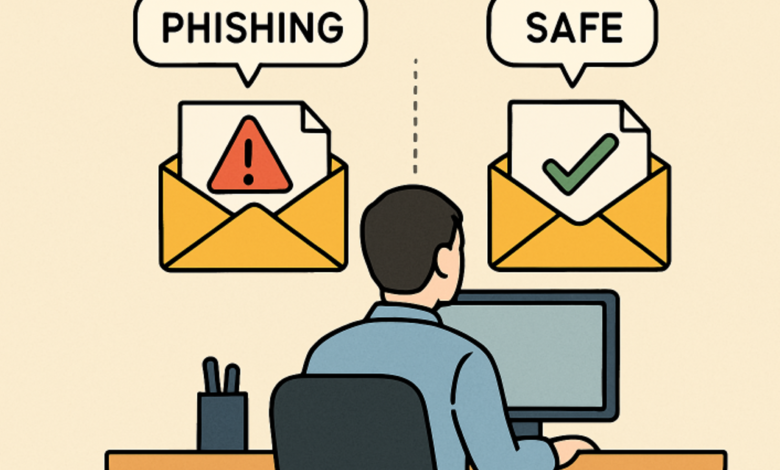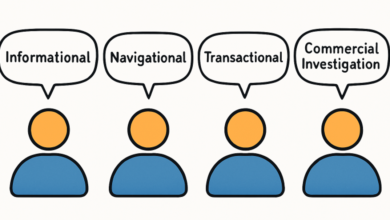Combating Phishing Threats with Employee Simulation Training

Understanding Phishing Attacks
Phishing has rapidly evolved into a chief concern in modern cybersecurity, with cybercriminals using increasingly sophisticated tactics to impersonate trusted organizations. The aim of these attacks is to trick individuals into divulging sensitive details—such as login credentials, credit card numbers, or confidential company data—or to install malware. Typically carried out through deceptive emails, instant messages, or counterfeit websites, phishing attacks exploit human error and familiarity, making it all too easy for even tech-savvy employees to fall victim.
With the rise of remote work and digital communication, businesses face an increased risk from phishing scams targeting their employees. This places immense pressure on organizations to invest in practical, targeted solutions such as employee simulation training. One of the most effective ways to proactively build resilience is to enroll staff in a reputable phishing awareness course, which integrates realistic simulations to transform knowledge into behavior and empower employees to make smarter online decisions. Ultimately, fostering a culture of cybersecurity awareness is the strongest defense against the ever-evolving tactics of phishing attacks.
The Importance of Employee Training
Employees remain an organization’s first and sometimes only line of defense against phishing attacks. Statistics reveal that as much as 74% of security breaches stem from human error. This stark reality underscores the necessity of equipping staff at every level with the skills to confidently identify and handle phishing attempts. According to Forbes, organizations that invest in continuous training significantly strengthen their overall security posture. Traditional one-off awareness sessions are no longer sufficient; effective cybersecurity depends on regular, scenario-based learning that reflects the ever-changing tactics used by attackers.
Without ongoing training, even a single lapse in judgment can result in devastating data theft, significant financial losses, and irreparable reputational harm. By contrast, simulation-based curricula foster continuous improvement and vigilance, transforming potential weak links into organizational assets.
Benefits of Simulation Training
Simulation-based training excels by immersing employees in lifelike phishing scenarios within a controlled, low-risk environment. This method provides immediate, actionable experience and helps individuals learn to distinguish genuine communication from deceptive behavior. Regular participation in simulations, according to Training Magazine, leads to a faster recognition of phishing tactics, such as social engineering, deceptive URLs, or manipulated branding, thereby sharpening instinctual defenses.
Another critical advantage is the continuous feedback and tailored guidance that simulations provide. By witnessing the consequences of their actions in real time, employees internalize lessons much more effectively than through static presentations. Over time, this hands-on approach significantly reduces susceptibility and enhances overall organizational security posture.
Implementing Effective Phishing Simulations
To maximize learning outcomes, organizations should design simulations that authentically reflect the types of threats they might encounter within their industry. For example, financial firms will face different lures than healthcare providers. Simulations should vary in difficulty and theme, keeping experiences fresh and engaging.
- Customization: Tailor scenarios according to company size, industry, and current threat intelligence.
- Real-time Feedback: Upon completion, provide individual results and educational takeaways immediately.
- Ongoing Schedule: Repeated exercises reinforce knowledge and allow organizations to track progress over time.
Combining these best practices ensures employees stay engaged and prepared, while leaders receive valuable data on where vulnerabilities persist.
See also: The Importance of Technology Assessments and Strategies for Business Success
The Role of AI in Phishing Simulations
Artificial intelligence is reshaping phishing resilience by delivering truly adaptive and personalized training experiences. AI-driven platforms can analyze employee behavior and response history to create dynamically tailored phishing attempts. This not only mirrors real-world attackers, who constantly shift their methods, but also identifies specific employee or departmental vulnerabilities that require targeted support.
By leveraging machine learning and large datasets, AI-powered simulations offer increasingly realistic exercises—preparing employees for attacks that are as close to reality as possible. This innovation is crucial for building long-term cyber maturity.
Measuring the Effectiveness of Training Programs
To understand the impact of simulation training, organizations must consistently measure key performance indicators. Useful metrics include:
- Reduction in employee click rates on simulated phishing emails over time.
- Improvement in prompt reporting of suspicious communications by employees.
- Shorter response times during simulated incidents.
Analyzing these trends provides managers with insights into employee readiness, highlights persistent areas of weakness, and informs the ongoing customization of the curriculum. A robust feedback loop is essential for progress.
Challenges and Solutions in Simulation Training
As effective as simulation training is, organizations must be aware of potential challenges such as employee resistance, complacency, and simulation fatigue. Staff may initially perceive simulations as punitive or intrusive, especially if there is a lack of communication around the program’s intent.
- Clear Communication: Clearly explain the goals, benefits, and supportive nature of the program.
- Variety and Engagement: Rotate scenarios, difficulty levels, and consequences to maintain interest and challenge cognitive biases.
- Positive Reinforcement: Encourage and reward reporting as a positive behavior, free from the fear of reprimand.
Addressing these challenges head-on ensures that staff remain motivated and view their role in cybersecurity in a positive light.
Building a Culture of Cybersecurity Awareness
While technical solutions are vital, the foundation of strong organizational cybersecurity is a culture where every employee feels responsible for digital safety. This culture arises when leaders demonstrate support, encourage ongoing conversation, and recognize staff who actively engage in secure practices.
- Open Dialogue: Foster an environment where asking questions and discussing threats is welcomed.
- Regular Recognition: Celebrate individuals and teams who exemplify strong security habits.
- Daily Integration: Embed secure practices into everyday workflows and core company values.
By continuously investing in both technology and people, organizations empower staff to be the strongest link in the cybersecurity chain, dramatically reducing exposure to phishing attacks and safeguarding the organization’s future.





